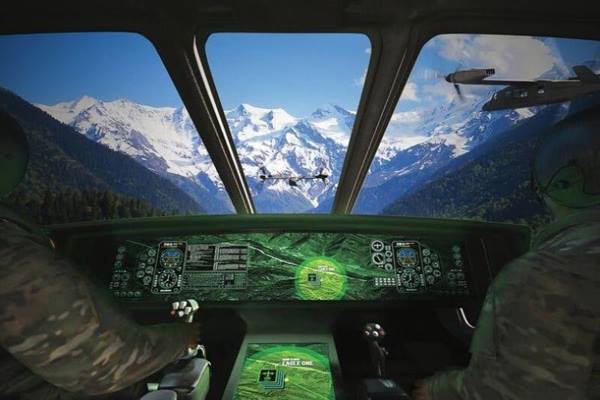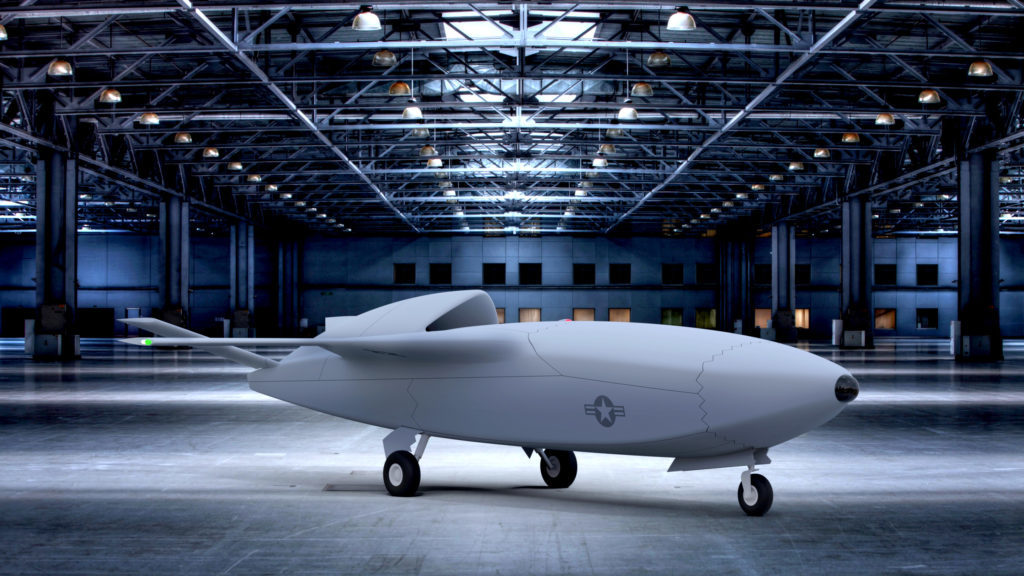
The Pentagon has requested $800 million for research and development for artificial intelligence (AI), including the Joint Artificial Intelligence Center (JAIC) and Project Maven, in the DoD fiscal 2021 budget released this week.
The military services also have funds in their budget requests for AI, which is likely to have significant impact on avionics systems. Officially launched by U.S. defense officials in 2017, Project Maven has looked to develop an AI tool to process data from full-motion video collected by unmanned aircraft and decrease the workload of intelligence analysts.
Google [GOOGL] was the prime contractor for Project Maven but dropped out last year after receiving pushback from employees about the company’s tools being used for an AI drone imaging effort. California-based big data analytics company, Palantir Technologies, co-founded and chaired by billionaire venture capitalist Peter Thiel, has assumed Google’s role, Business Insider reported in December.
With an eye to speeding battlefield decision making and cutting down on targeting errors eventually, JAIC has been working on disaster relief assistance tools and predictive maintenance algorithms for Army UH-60 Black Hawk helicopters, made by Lockheed Martin‘s [LMT] Sikorsky.
DoD’s investment in AI “has increased over the past six or seven years alongside investment by the civilian community,” C. Zachary Hofer, a senior aerospace and defense electronics analyst with Forecast International, wrote in an email to sister publication, Avionics International. “However, the technologies that enable high-level AI still require larger mainframe sizes, higher power consumption, and generate more heat than what is typically capable of being satisfied on board an aircraft. The generally best-considered way to handle AI on board air-based platforms has been to integrate sensors and data collection into highly versatile C5ISR networks, distributing intelligence through flexible node-based setups, including satellite networks, mobile and fixed ground systems, ships, and aircraft as distribution and processing channels.”

AI could provide benefits to aircraft across the military services. The U.S. Army, for example, is exploring autonomous operations for major modernization efforts, including the Future Vertical Lift helicopter program, and Army Chief of Staff Gen. James McConville said last month that he envisions AI and machine learning enabling a “minimally-manned” fleet of platforms that have some personnel for situational awareness and safety measures, if an autonomous capability fails.
Also last month, Bell [TXT] said that its V-280 tiltrotor, an entry in the Army’s Future Long Range Assault Aircraft program, had test flown autonomously on Dec. 18.
Another significant AI-related effort is the U.S. Air Force Advanced Battle Management System (ABMS), designed to replace the tracking and service-wide information sharing capabilities of the Northrop Grumman [NOC] E-8C Joint Surveillance Targeting Attack Radar System (JSTARS) aircraft, canceled by the Air Force in fiscal 2019. The Air Force requested $302 million for ABMS in fiscal 2021, an increase of more than $158 million from last year’s congressionally enacted amount.
For ABMS in fiscal 2021, the Air Force plans to install an airborne gateway system on a Kratos [KTOS] XQ-58 Valkyrie unmanned aerial system, which the service has used in the Skyborg program to demonstrate the validity of an unmanned attritable “Loyal Wingman” system.
ABMS “will provide a highly flexible intelligence distribution network that will likely have networked AI processing capabilities included at some point in its development and implementation schedule,” Hofer wrote in his email.
In fiscal 2021, the Air Force has requested nearly $158 million for its first three vanguard programs – Skyborg, Golden Horde, and Navigation Technology Satellite 3 (NTS-3).
“The first iteration of Skyborg will integrate artificial intelligence into autonomous unmanned air vehicles to enable future manned-unmanned teaming,” according to the Air Force budget request. Golden Horde is to demonstrate collaborative autonomous networked weapons that share data and collaborate to defeat targets, while NTS-3 “will experiment on key aspects for new GPS receivers that incorporate multiple signals and readily adapt to warfighter needs,” according to the Air Force budget.